Home>Gardening & Outdoor>Landscaping Ideas>What Is Barley Grass
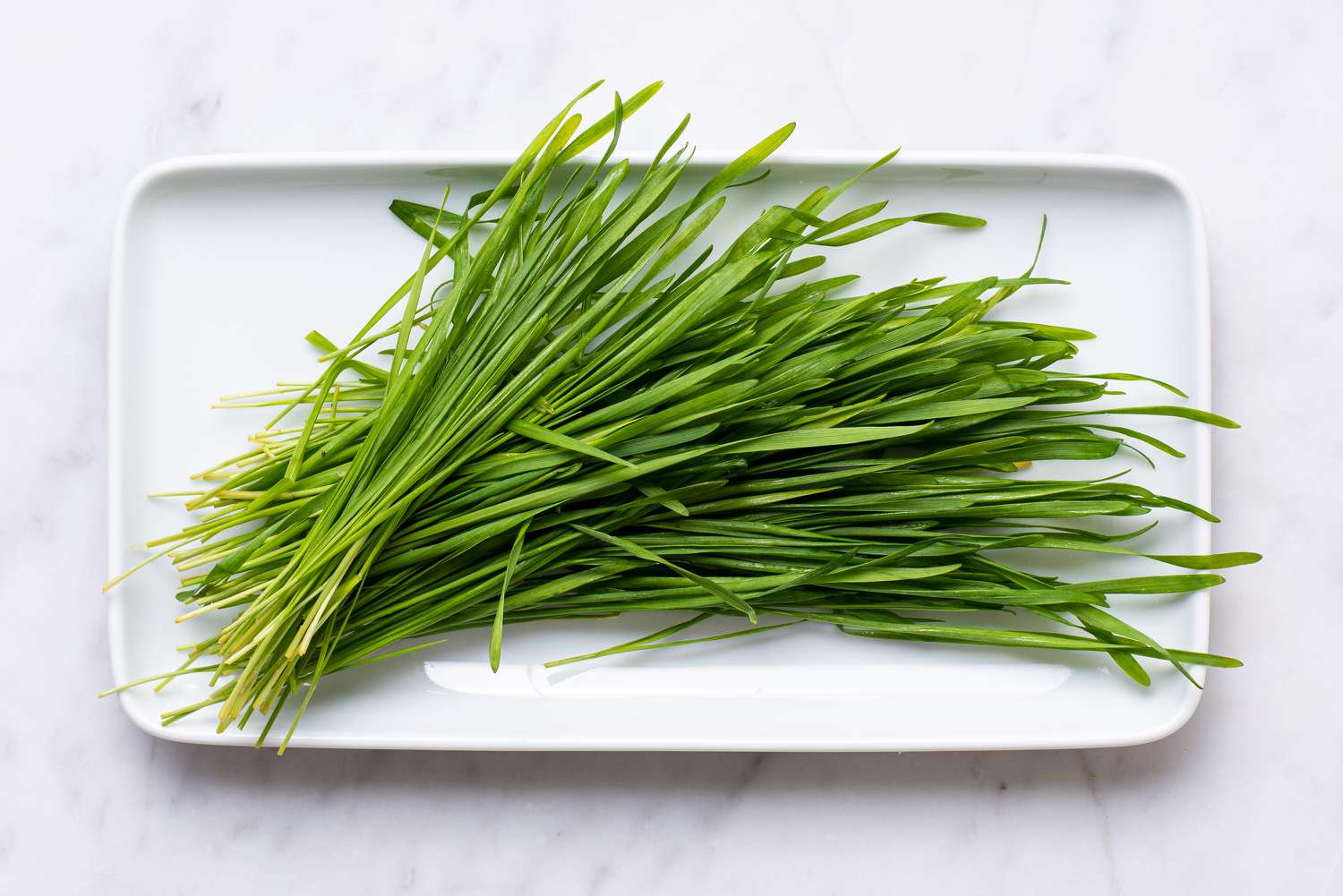

Landscaping Ideas
What Is Barley Grass
Published: January 27, 2024
Discover the benefits of barley grass and how it can enhance your landscaping ideas. Learn about its uses and nutritional value for your outdoor space.
(Many of the links in this article redirect to a specific reviewed product. Your purchase of these products through affiliate links helps to generate commission for Storables.com, at no extra cost. Learn more)
Introduction
Barley grass, derived from the young leaves of the barley plant, is a nutrient-dense superfood that has gained popularity for its exceptional health benefits. This vibrant green grass is packed with an impressive array of vitamins, minerals, enzymes, and antioxidants, making it a valuable addition to a balanced diet. From its historical uses to its modern-day applications, barley grass continues to captivate the interest of health enthusiasts and researchers alike.
The rich nutritional profile of barley grass has positioned it as a potent source of essential nutrients, including vitamin C, vitamin K, iron, calcium, and dietary fiber. Its versatility allows for consumption in various forms, such as barley grass powder, juice, or supplements, catering to diverse preferences and lifestyles. As we delve into the history, nutritional content, health benefits, and potential precautions associated with barley grass, we will uncover the remarkable attributes that have propelled this superfood into the spotlight of holistic wellness.
Key Takeaways:
- Barley grass is a nutrient-packed superfood with a rich history and diverse health benefits, including immune support, detoxification, and digestive health. It can be consumed in various forms, offering flexibility for different lifestyles.
- While barley grass offers numerous health benefits, it’s important to be mindful of potential side effects and precautions, especially for individuals with specific health conditions or sensitivities. Consulting healthcare professionals can provide personalized guidance.
Read more: What Is Barley Grass Powder Good For
History of Barley Grass
The use of barley grass dates back to ancient times, with historical records indicating its presence in various cultures for medicinal and nutritional purposes. The ancient Egyptians revered barley as a symbol of resurrection and used it for its healing properties. Additionally, the Greeks and Romans utilized barley grass for its therapeutic benefits, recognizing its potential to promote health and vitality.
Barley, the source of barley grass, has been cultivated for over 10,000 years, making it one of the oldest cultivated grains. Its resilience in diverse climates and its adaptability contributed to its widespread cultivation across different regions of the world. The transition from cultivating barley for its grains to harnessing the potent properties of its young leaves marked a significant development in the utilization of this versatile plant.
In the 20th century, the nutritional value of barley grass gained attention, particularly in the field of holistic health and wellness. Its nutrient-dense composition and potential health benefits spurred scientific interest and further exploration into its applications. Today, barley grass is celebrated as a vital component of green superfood blends and is embraced by individuals seeking natural ways to enhance their well-being.
The enduring legacy of barley grass as a beneficial plant-based resource underscores its enduring relevance in the realm of holistic nutrition and traditional medicine. Its journey from ancient civilizations to modern health trends reflects its enduring reputation as a valuable source of nourishment and wellness support.
Nutritional Content of Barley Grass
Barley grass stands out as a nutritional powerhouse, boasting an impressive array of essential vitamins, minerals, enzymes, and antioxidants. This vibrant green superfood is a rich source of vitamin C, an essential nutrient known for its immune-boosting properties and role in collagen synthesis. Additionally, it contains vitamin K, vital for bone health and blood clotting, and a range of B vitamins that contribute to energy production and overall well-being.
Mineral-wise, barley grass is abundant in iron, a crucial component of hemoglobin that aids in oxygen transport within the body. It also provides calcium, supporting bone strength and muscle function, along with magnesium, potassium, and zinc, each playing distinct roles in various physiological processes.
Furthermore, barley grass is replete with chlorophyll, the pigment responsible for its vibrant green hue. Chlorophyll not only supports the plant’s photosynthesis but also offers potential health benefits for humans, such as aiding in detoxification and promoting alkalinity within the body.
Enzymes present in barley grass, including superoxide dismutase (SOD) and cytochrome oxidase, contribute to its enzymatic activity, potentially offering antioxidant and anti-inflammatory effects. These enzymes play a role in neutralizing free radicals and supporting cellular health.
Antioxidants, such as flavonoids and beta-carotene, are also found in barley grass, providing additional support against oxidative stress and inflammation. The combination of these nutrients and phytochemicals underscores the remarkable nutritional density of barley grass, making it a valuable addition to a balanced diet.
Whether consumed as a powdered supplement, incorporated into juices, or included in green smoothies, the concentrated nutritional content of barley grass offers a convenient means of augmenting one’s daily nutrient intake. Its diverse array of vitamins, minerals, enzymes, and antioxidants contributes to its reputation as a potent superfood with multifaceted health-promoting properties.
Health Benefits of Barley Grass
Barley grass is revered for its myriad health benefits, encompassing its potential to support overall wellness and vitality. From immune system reinforcement to detoxification and beyond, the nutritional composition of barley grass contributes to its diverse range of positive effects on the body.
Immune System Support: The high vitamin C content in barley grass serves as a powerful immune booster, aiding the body’s defense against infections and promoting overall immune system resilience. This essential nutrient plays a pivotal role in protecting cells and supporting the body’s natural defense mechanisms.
Detoxification and Alkalinity: The chlorophyll content in barley grass has been associated with potential detoxification benefits. It may aid in the elimination of toxins and heavy metals from the body while promoting a balanced internal pH, thereby supporting overall cellular health and vitality.
Antioxidant Protection: Barley grass is rich in antioxidants, including flavonoids and beta-carotene, which help combat oxidative stress and reduce inflammation. These properties may contribute to the protection of cells from damage caused by free radicals, thereby supporting overall well-being.
Digestive Health: The dietary fiber found in barley grass supports digestive function and may aid in maintaining healthy bowel movements. Additionally, the presence of enzymes in barley grass, such as superoxide dismutase (SOD), may contribute to reducing inflammation in the digestive tract.
Heart Health: The combination of vitamins, minerals, and antioxidants in barley grass may contribute to cardiovascular health. For instance, the presence of potassium and magnesium supports normal heart function, while the antioxidant properties may help reduce the risk of oxidative damage to the cardiovascular system.
Energy and Vitality: The B vitamins present in barley grass, including thiamine, riboflavin, and niacin, play essential roles in energy metabolism and the maintenance of overall vitality. These nutrients support the body’s energy production processes and contribute to reducing fatigue and promoting optimal physical and mental well-being.
These health benefits, among others, underscore the holistic potential of barley grass as a valuable addition to a balanced diet. Whether consumed in the form of juice, powder, or supplements, the diverse array of nutrients and bioactive compounds in barley grass offers a natural means of supporting various aspects of health and well-being.
Barley grass is the young leaf of the barley plant and is packed with nutrients like vitamins, minerals, and antioxidants. It can be consumed as a powder or in juice form for its health benefits.
Ways to Use Barley Grass
Barley grass can be incorporated into one’s diet in various versatile and convenient ways, allowing individuals to harness its nutritional benefits according to their preferences and lifestyle. Whether consumed as a standalone supplement or creatively integrated into culinary creations, the adaptability of barley grass facilitates seamless inclusion in daily routines.
Barley Grass Powder: One of the most popular methods of consuming barley grass is in powdered form. Barley grass powder can be easily mixed into water, juices, or smoothies, providing a concentrated dose of its potent nutrients. This versatile option enables individuals to effortlessly incorporate barley grass into their daily wellness rituals.
Barley Grass Juice: Fresh barley grass juice, often available at health food stores or prepared at home using a juicer, offers a potent and invigorating way to experience the benefits of barley grass. The raw, vibrant juice can be enjoyed on its own or combined with other fruit and vegetable juices for a refreshing and nourishing beverage.
Barley Grass Supplements: For those seeking a convenient and consistent means of consuming barley grass, dietary supplements in the form of capsules or tablets are readily available. These supplements provide a concentrated source of barley grass nutrients, allowing for easy integration into daily supplement regimens.
Culinary Applications: Barley grass can be creatively incorporated into various culinary endeavors, adding a nutritional boost to recipes. From blending it into salad dressings and dips to mixing it into energy bars and baked goods, the vibrant green hue and nutrient density of barley grass can enhance the nutritional profile of diverse dishes.
Barley Grass Shots: Taking barley grass as a concentrated shot is a quick and efficient way to experience its nutritional benefits. This method is particularly popular among individuals seeking a rapid infusion of essential nutrients in a small, potent serving.
Barley Grass in Smoothies: Blending barley grass into smoothies, along with fruits, vegetables, and other superfoods, offers a delicious and nourishing way to enjoy its benefits. The versatility of smoothie recipes allows for seamless integration of barley grass, catering to individual taste preferences and nutritional goals.
By embracing these diverse methods of incorporating barley grass into daily routines, individuals can harness its nutritional potency and explore creative avenues for reaping its health benefits. Whether enjoyed as a standalone supplement or creatively integrated into culinary creations, the adaptability of barley grass invites exploration and experimentation in pursuit of holistic wellness.
Read more: What Is Barley Grass Juice Powder
Potential Side Effects and Precautions
While barley grass is celebrated for its numerous health benefits, it is important to be mindful of potential side effects and considerations, particularly for individuals with specific health conditions or sensitivities.
Allergies: Individuals with known sensitivities to gluten should exercise caution when consuming barley grass, as it may contain traces of gluten. Those with gluten intolerance or celiac disease should opt for barley grass products that are certified gluten-free to avoid adverse reactions.
Medication Interactions: Barley grass supplements or concentrated forms may interact with certain medications, particularly blood thinners or medications for managing blood sugar levels. It is advisable for individuals taking prescription medications to consult with a healthcare professional before incorporating barley grass into their routine.
Pregnancy and Breastfeeding: While barley grass is generally considered safe for consumption, pregnant and breastfeeding individuals should seek guidance from their healthcare provider before using barley grass supplements or significantly increasing their intake. This precaution ensures the safety and well-being of both the parent and the developing child.
Detoxification Effects: The potential detoxifying properties of barley grass may lead to mild and temporary detoxification effects in some individuals, such as mild digestive discomfort or changes in bowel movements. It is recommended to start with small servings and gradually increase intake to allow the body to adjust.
Quality and Sourcing: When selecting barley grass products, it is essential to prioritize quality and sourcing. Opting for organic and reputable sources of barley grass helps minimize the risk of exposure to pesticides, heavy metals, or other contaminants that may compromise its purity and safety.
Individual Sensitivities: Some individuals may experience mild gastrointestinal discomfort or sensitivities when first introducing barley grass into their diet. Starting with small servings and observing individual responses can help mitigate potential sensitivities and allow for gradual acclimatization.
Children and Infants: While barley grass is generally regarded as safe for consumption, parents should seek guidance from pediatric healthcare professionals before introducing barley grass products to children or infants, ensuring that it aligns with their unique nutritional needs and developmental stage.
By being mindful of these potential side effects and precautions, individuals can approach the incorporation of barley grass into their wellness regimen with informed consideration, promoting a safe and positive experience. Consulting with healthcare professionals, particularly for those with specific health concerns or dietary restrictions, can provide personalized guidance tailored to individual needs and circumstances.
Conclusion
Barley grass, with its rich historical legacy and exceptional nutritional profile, stands as a testament to the enduring relevance of natural superfoods in promoting holistic wellness. From ancient civilizations to modern health-conscious communities, the journey of barley grass reflects its enduring reputation as a potent source of nourishment and vitality.
The remarkable nutritional content of barley grass, encompassing an array of essential vitamins, minerals, enzymes, and antioxidants, underscores its multifaceted potential to support overall health and well-being. Its immune-boosting properties, potential detoxification benefits, and contribution to digestive health exemplify the diverse ways in which barley grass can positively impact the body.
As a versatile superfood, barley grass offers a myriad of consumption methods, from powdered supplements and fresh juices to creative culinary applications, providing individuals with the flexibility to integrate its benefits into their daily routines. This adaptability fosters exploration and experimentation, empowering individuals to harness the nutritional potency of barley grass in a manner that aligns with their preferences and lifestyle.
While embracing the numerous health benefits of barley grass, it is essential to be mindful of potential side effects and precautions, particularly for individuals with specific health considerations or sensitivities. By approaching its consumption with informed consideration and seeking guidance when necessary, individuals can optimize the experience of incorporating barley grass into their wellness regimen.
Barley grass, with its enduring legacy and contemporary relevance, exemplifies the timeless appeal of natural, nutrient-dense superfoods in fostering vitality and holistic well-being. Its journey from ancient civilizations to modern wellness practices serves as a testament to the enduring value of embracing nature’s gifts in the pursuit of optimal health.
By celebrating the rich history, exceptional nutritional content, diverse applications, and informed considerations associated with barley grass, individuals can embark on a holistic wellness journey enriched by the nourishing and revitalizing potential of this vibrant green superfood.
Frequently Asked Questions about What Is Barley Grass
Was this page helpful?
At Storables.com, we guarantee accurate and reliable information. Our content, validated by Expert Board Contributors, is crafted following stringent Editorial Policies. We're committed to providing you with well-researched, expert-backed insights for all your informational needs.
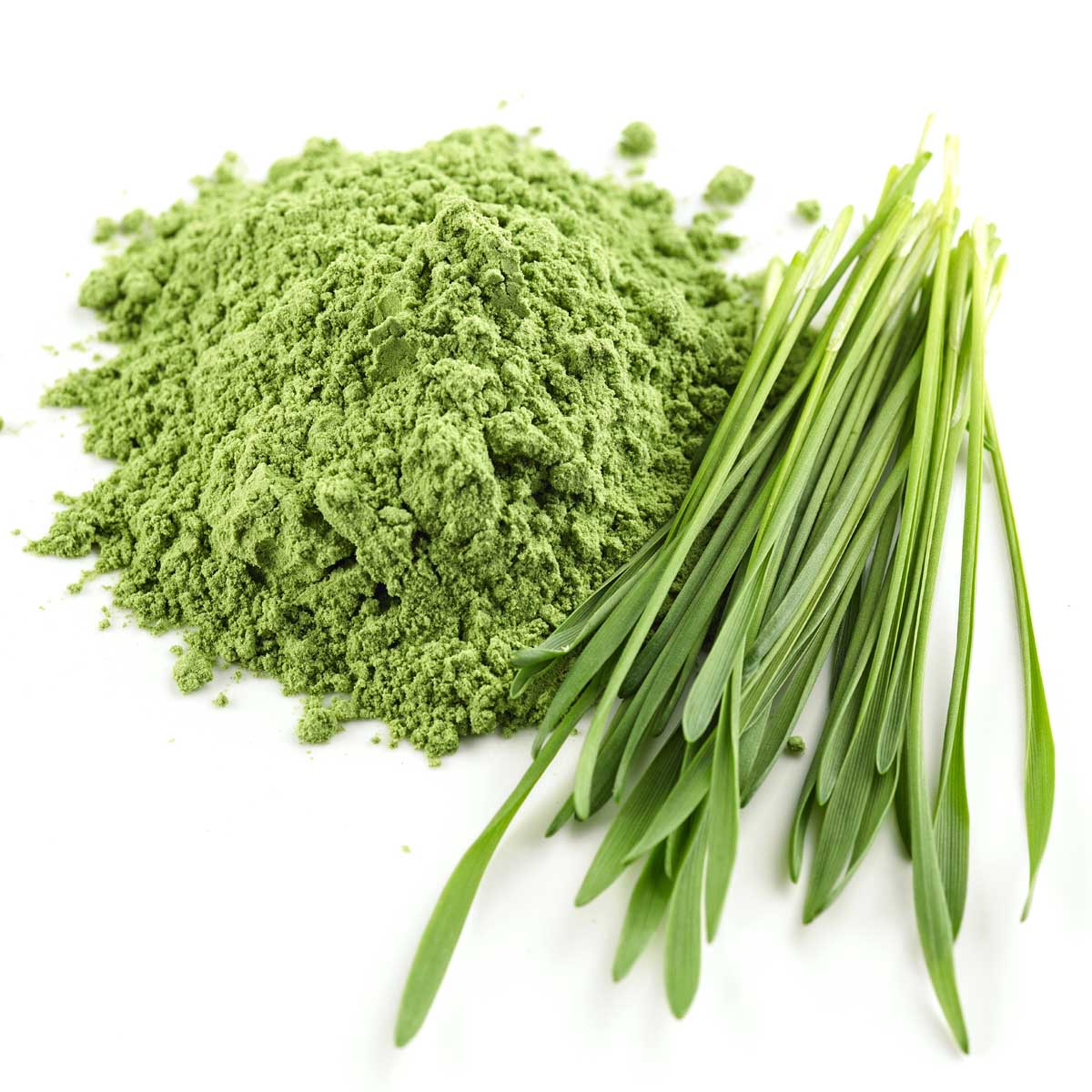
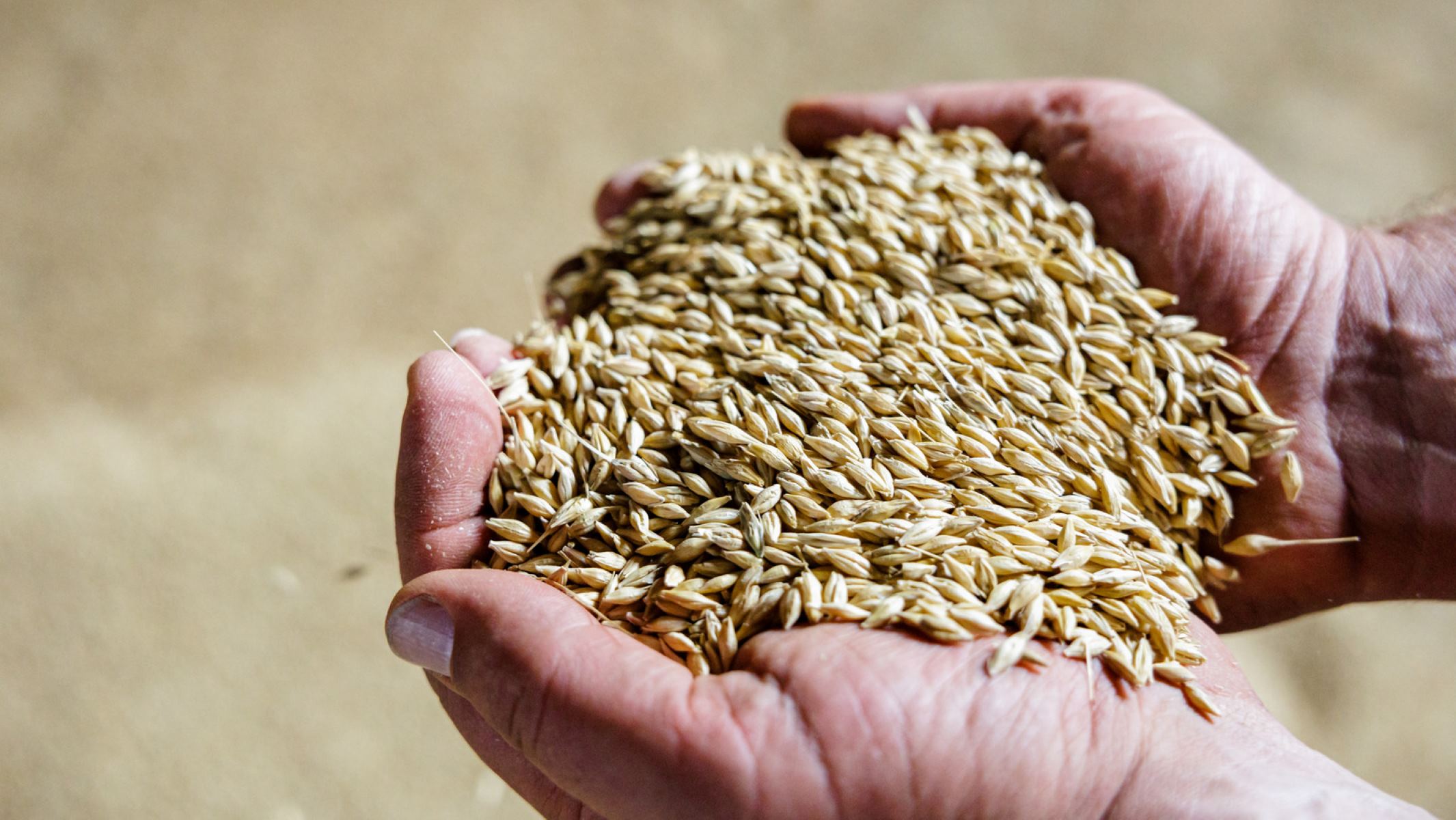
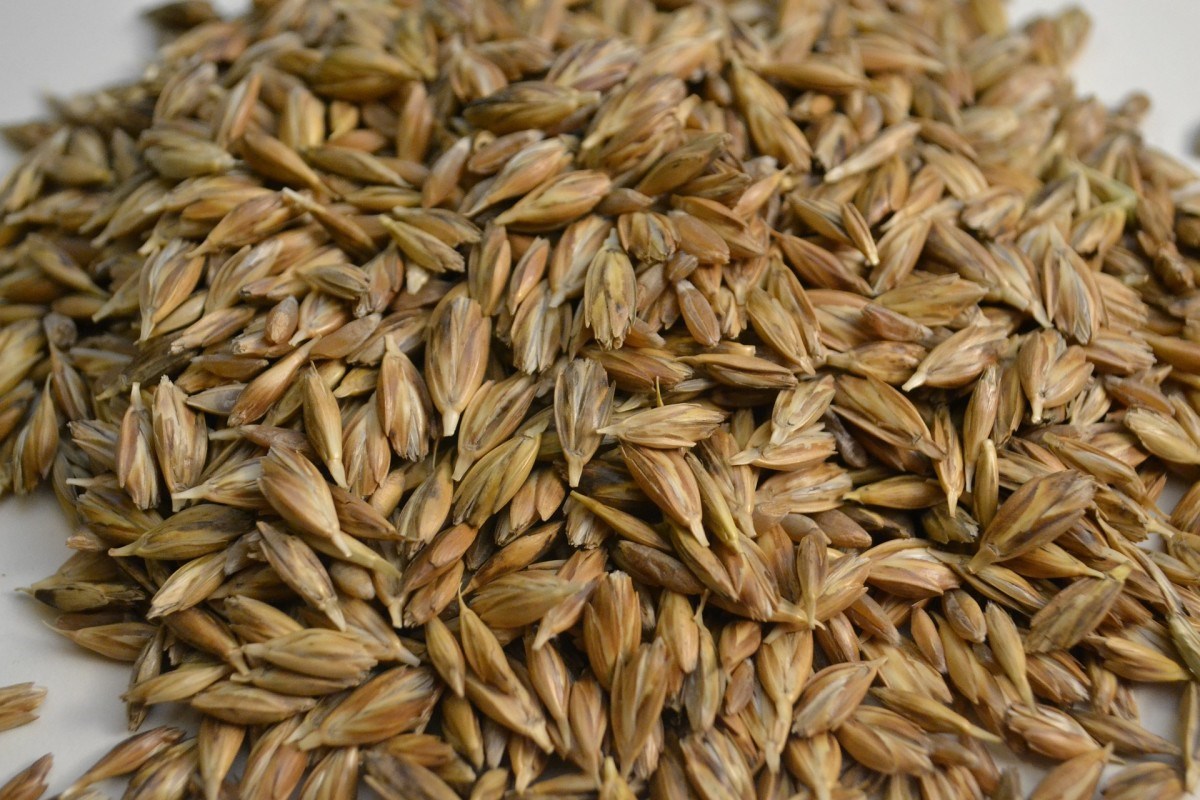
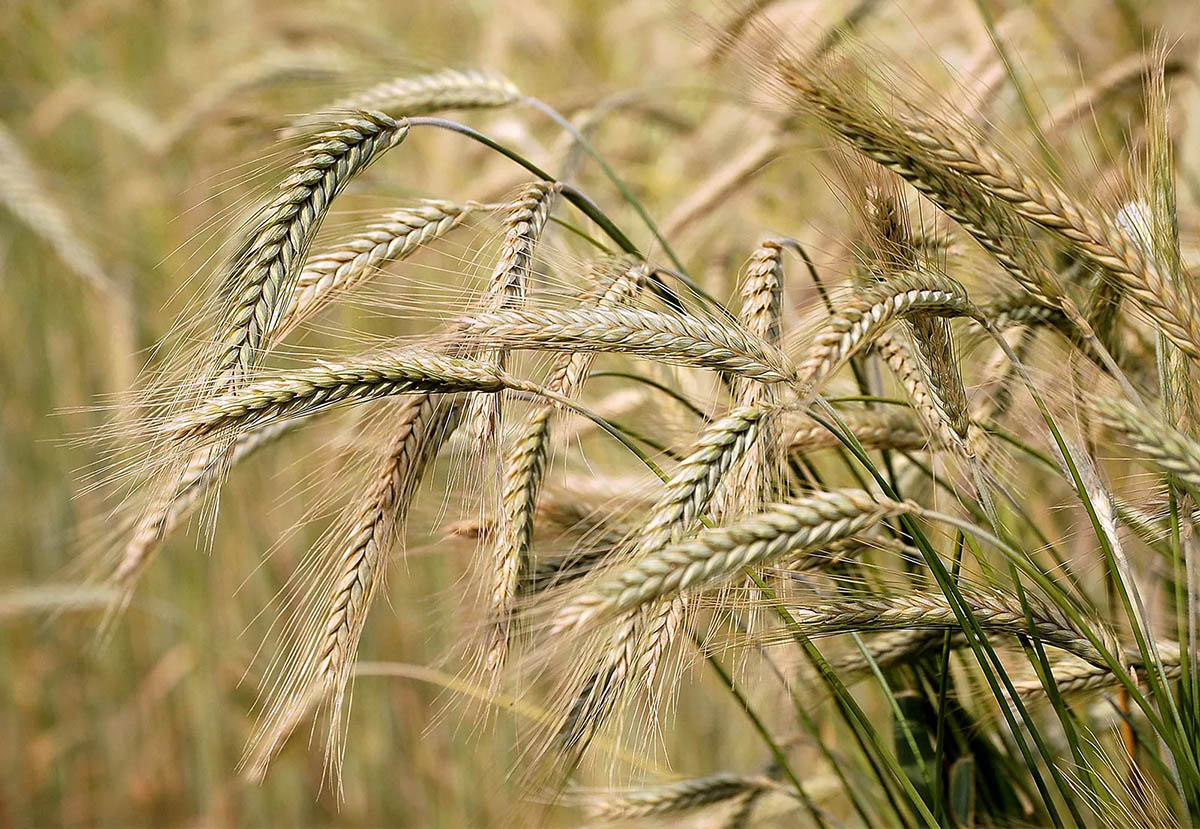
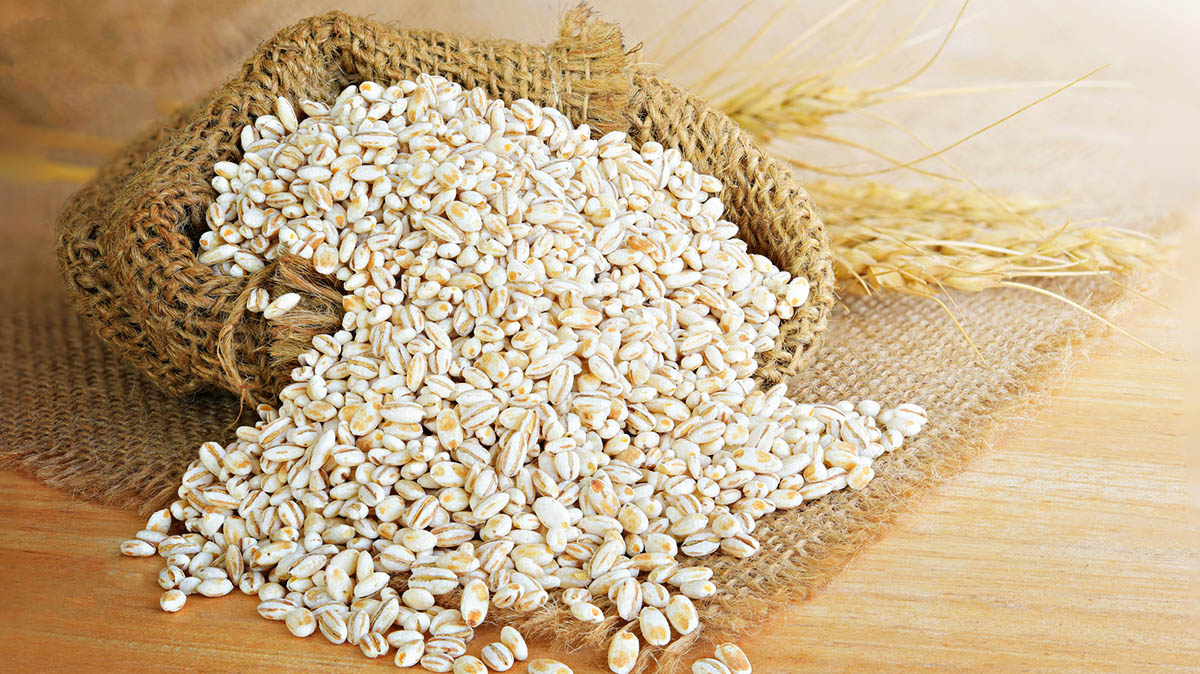
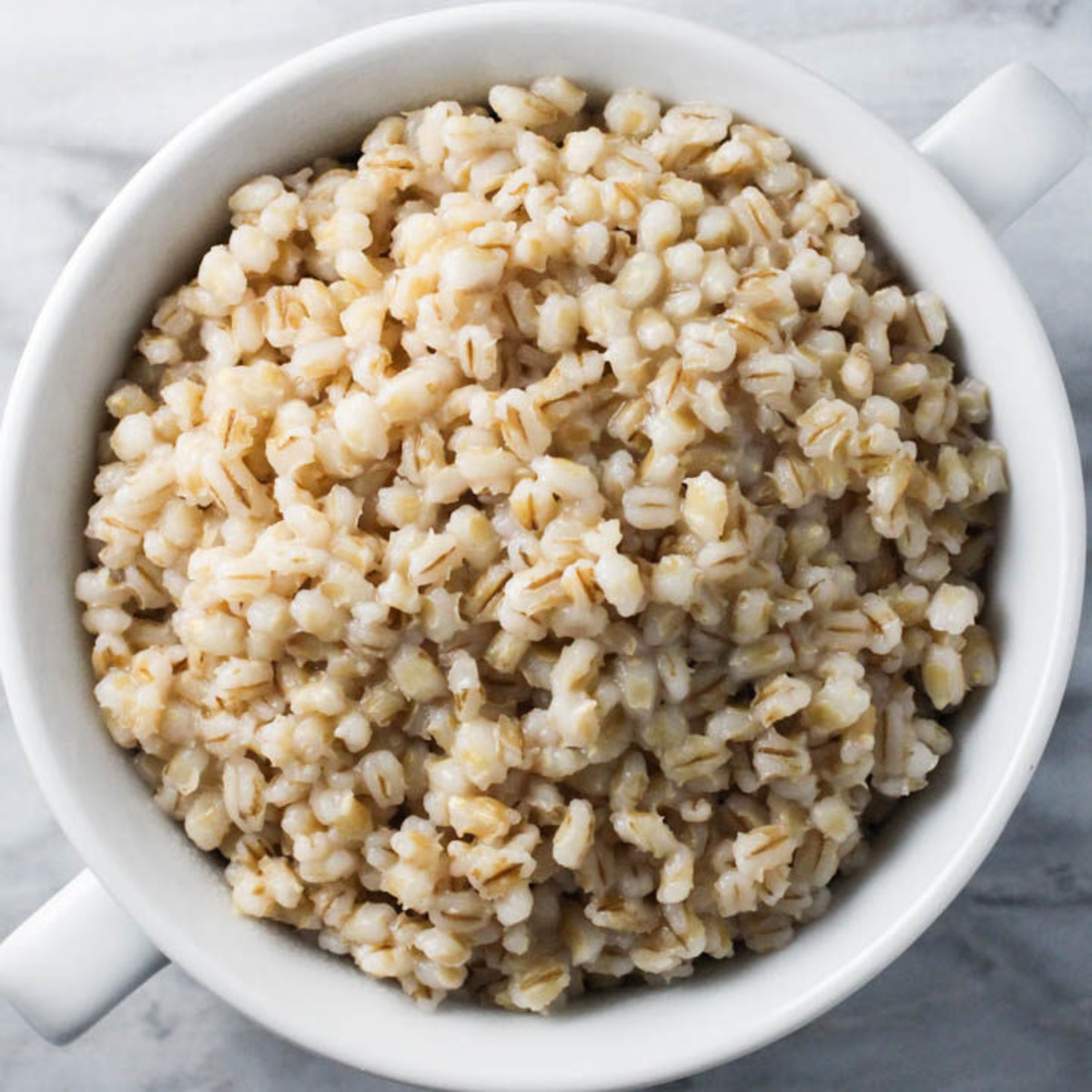
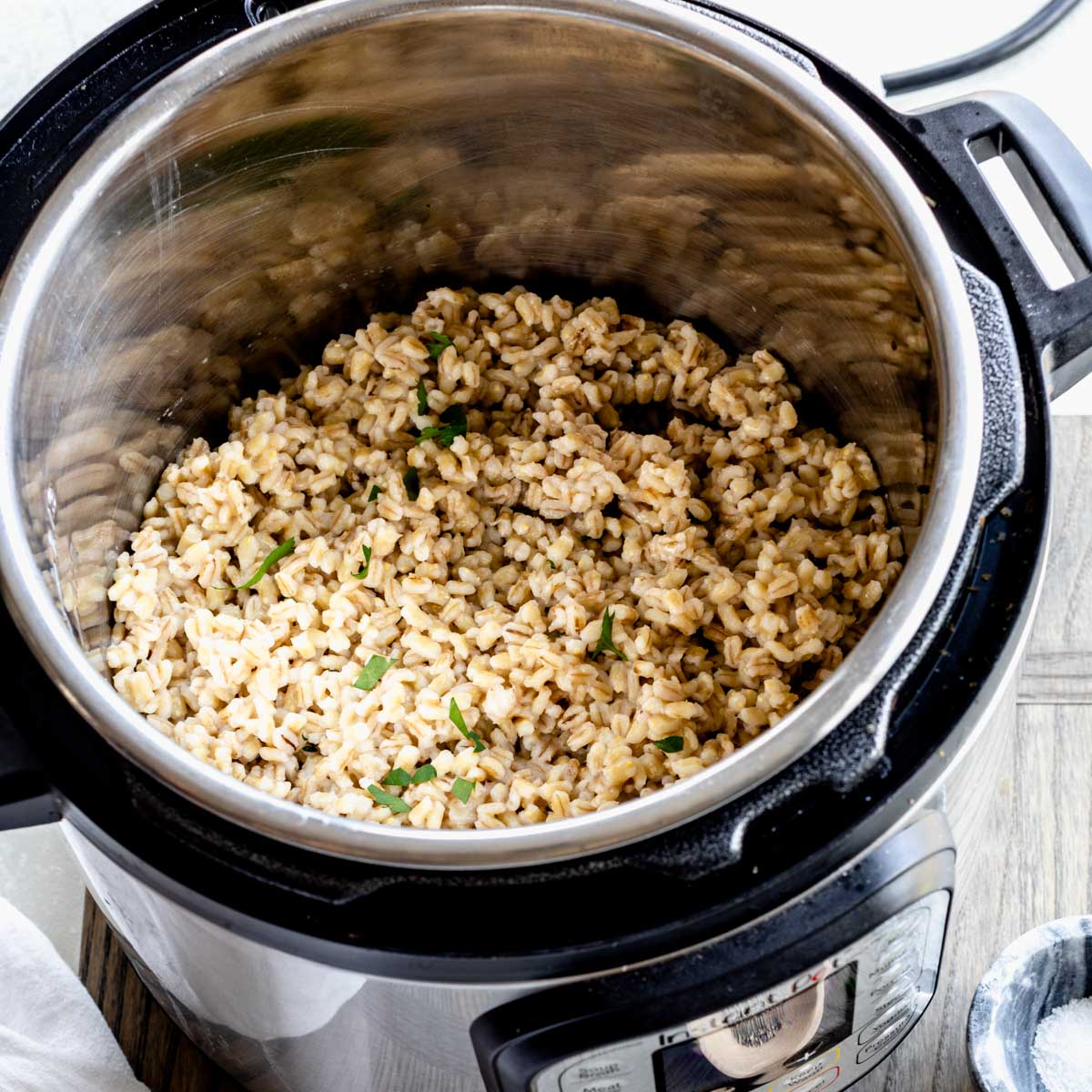
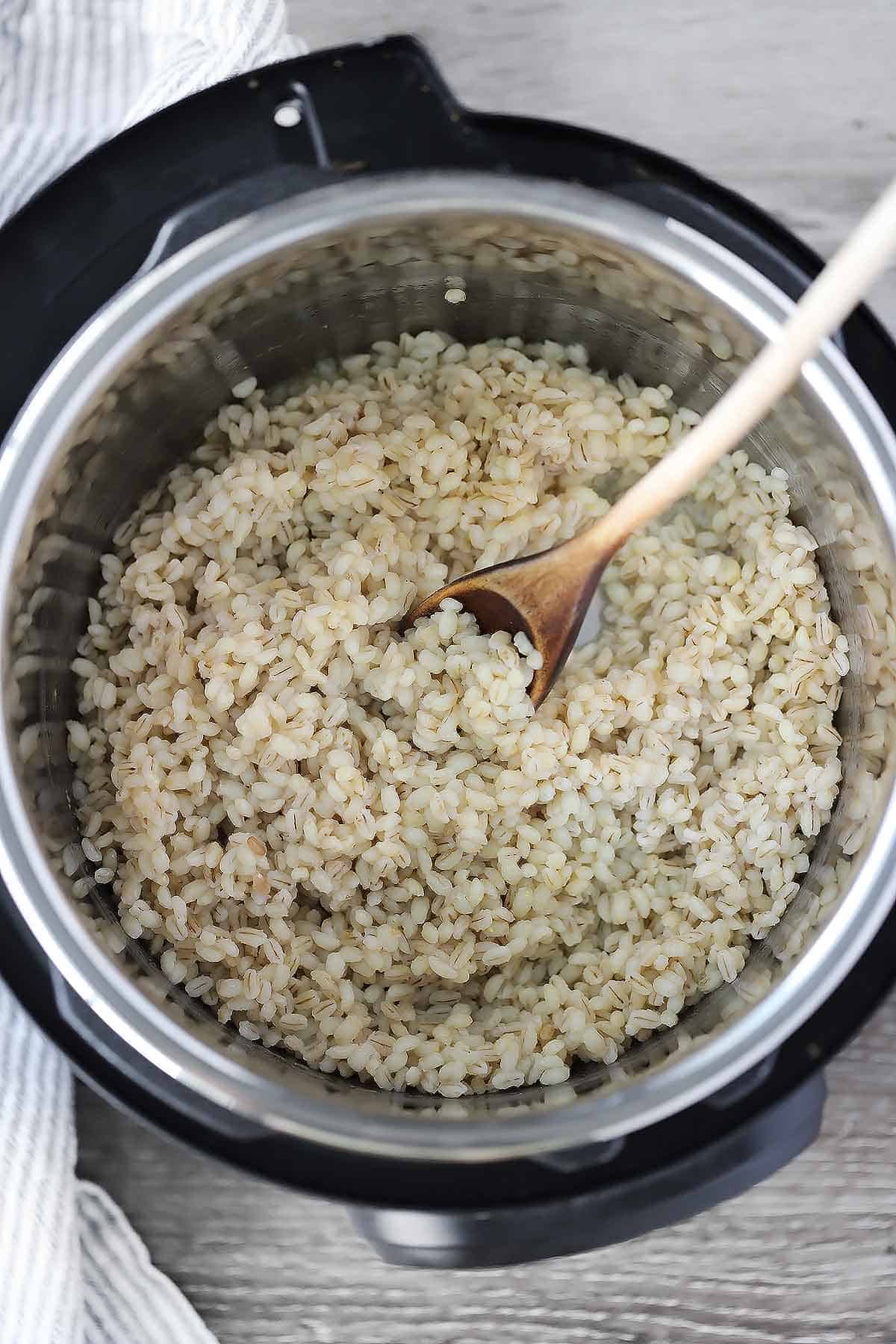
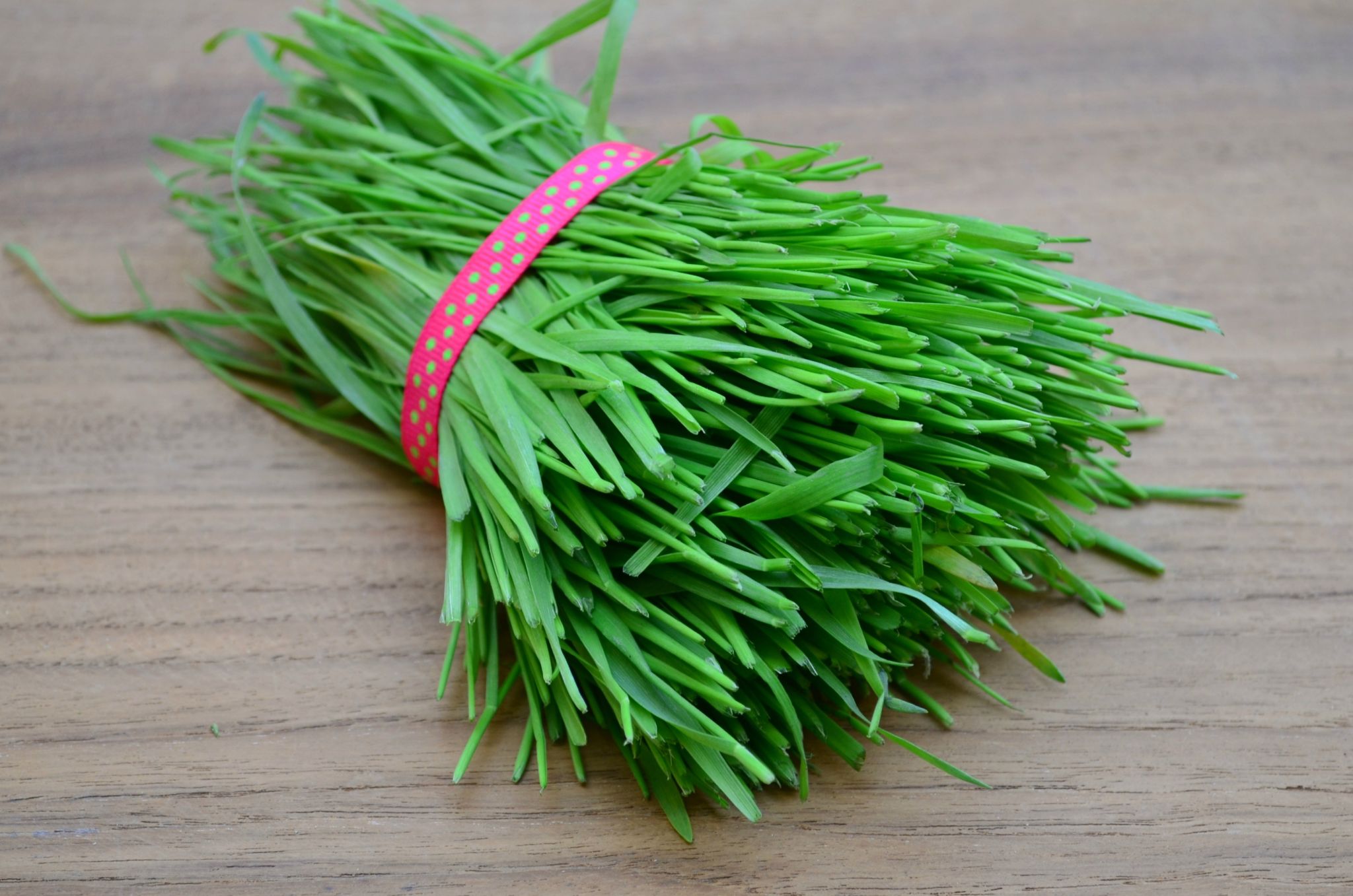

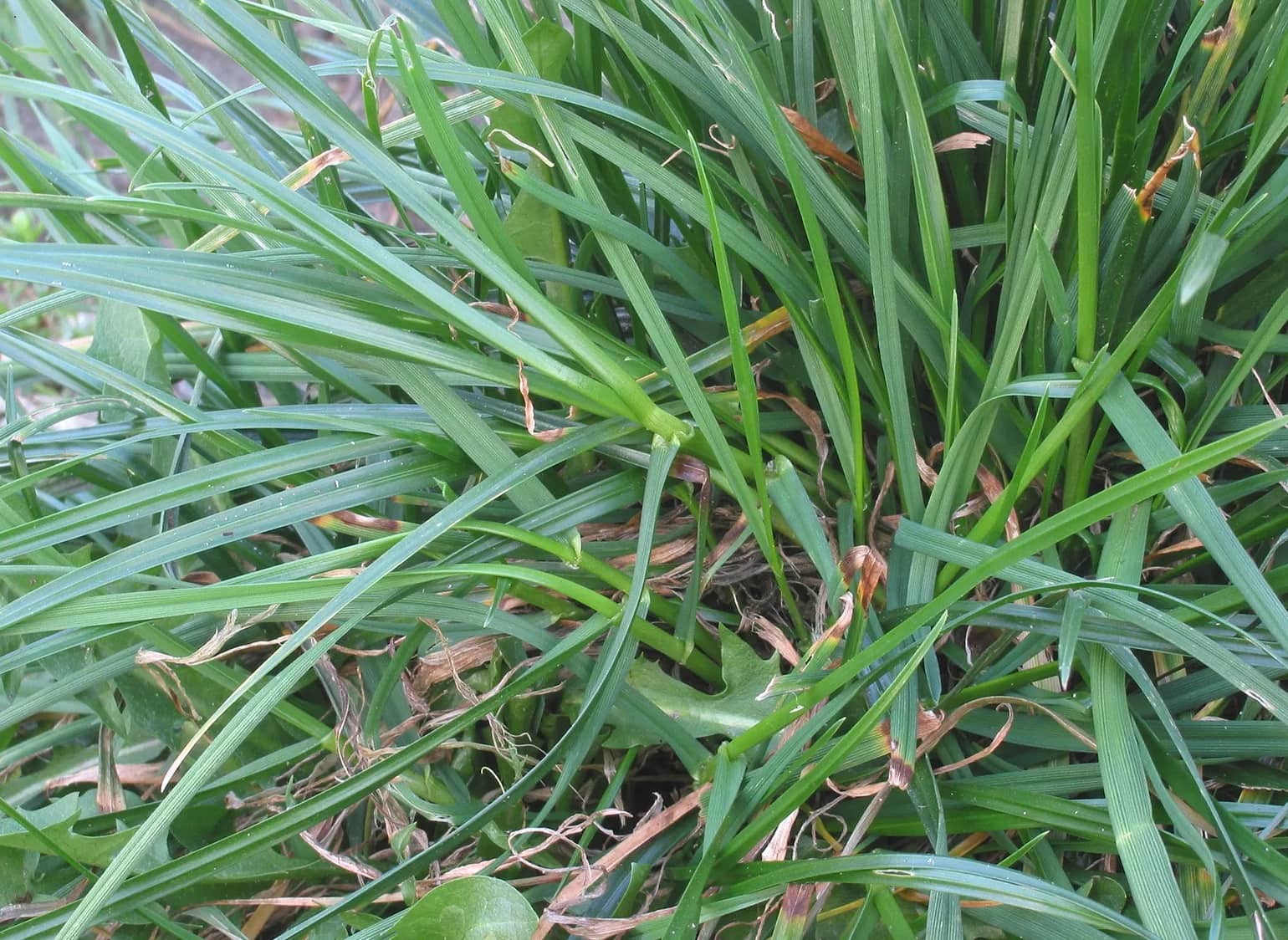
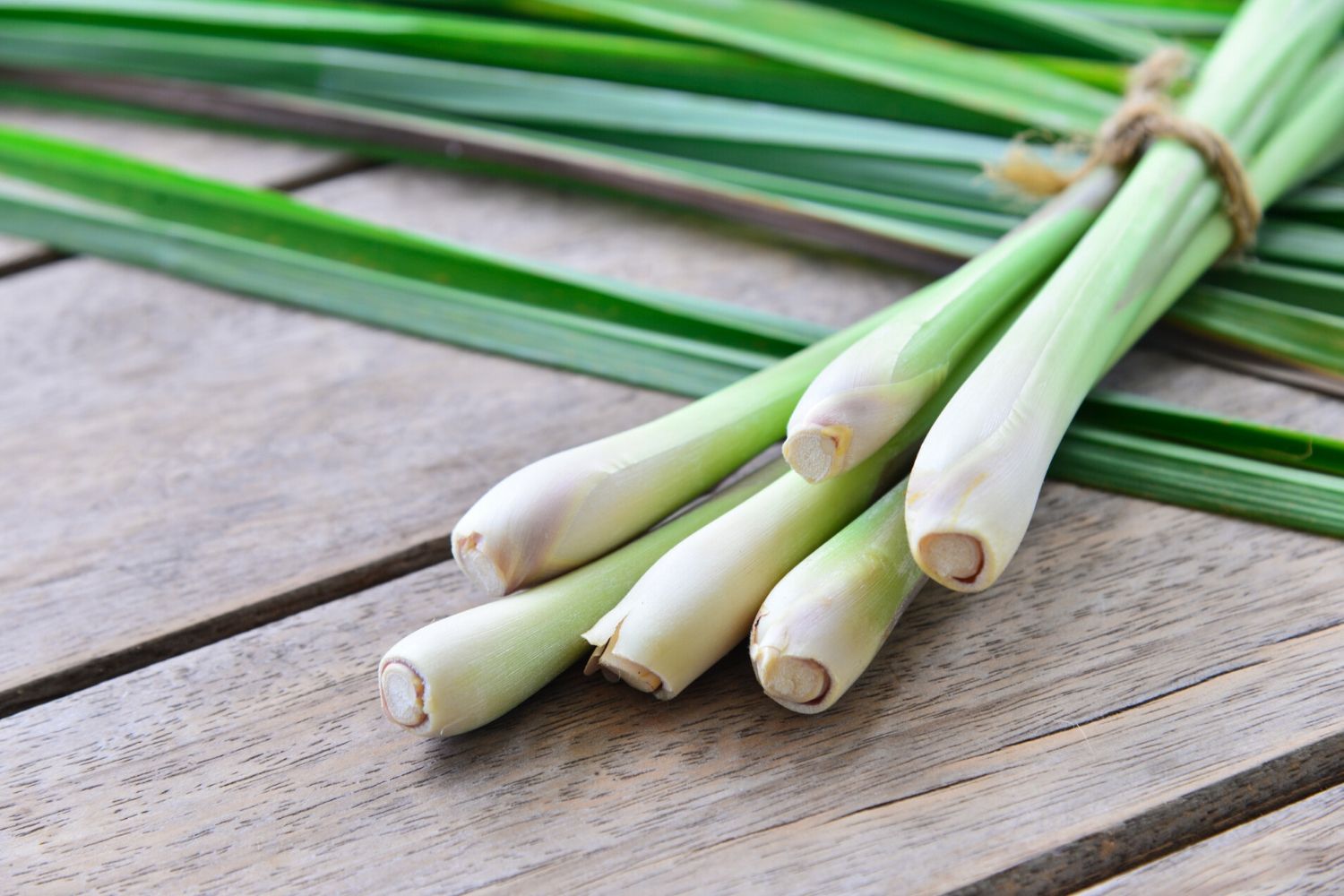
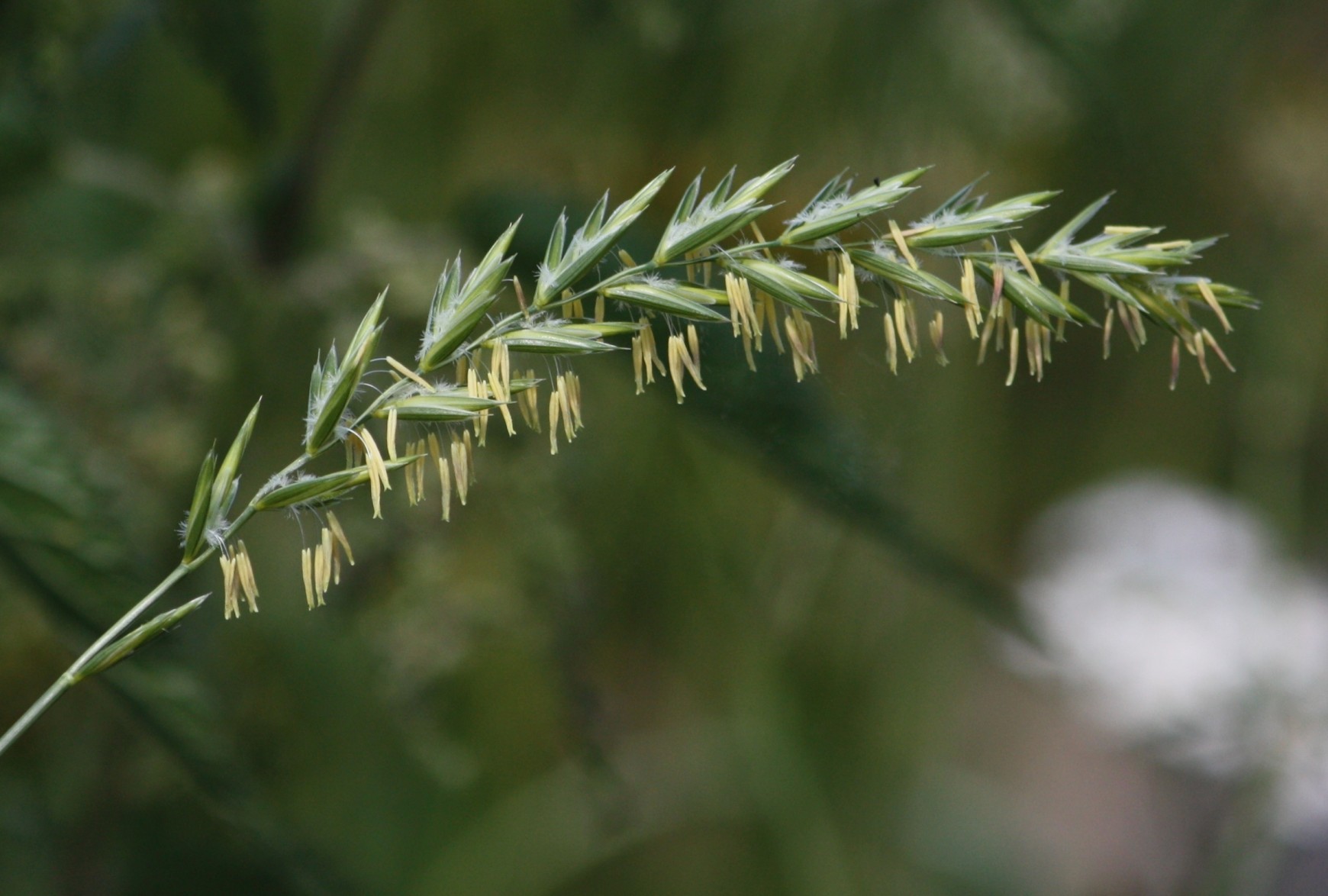
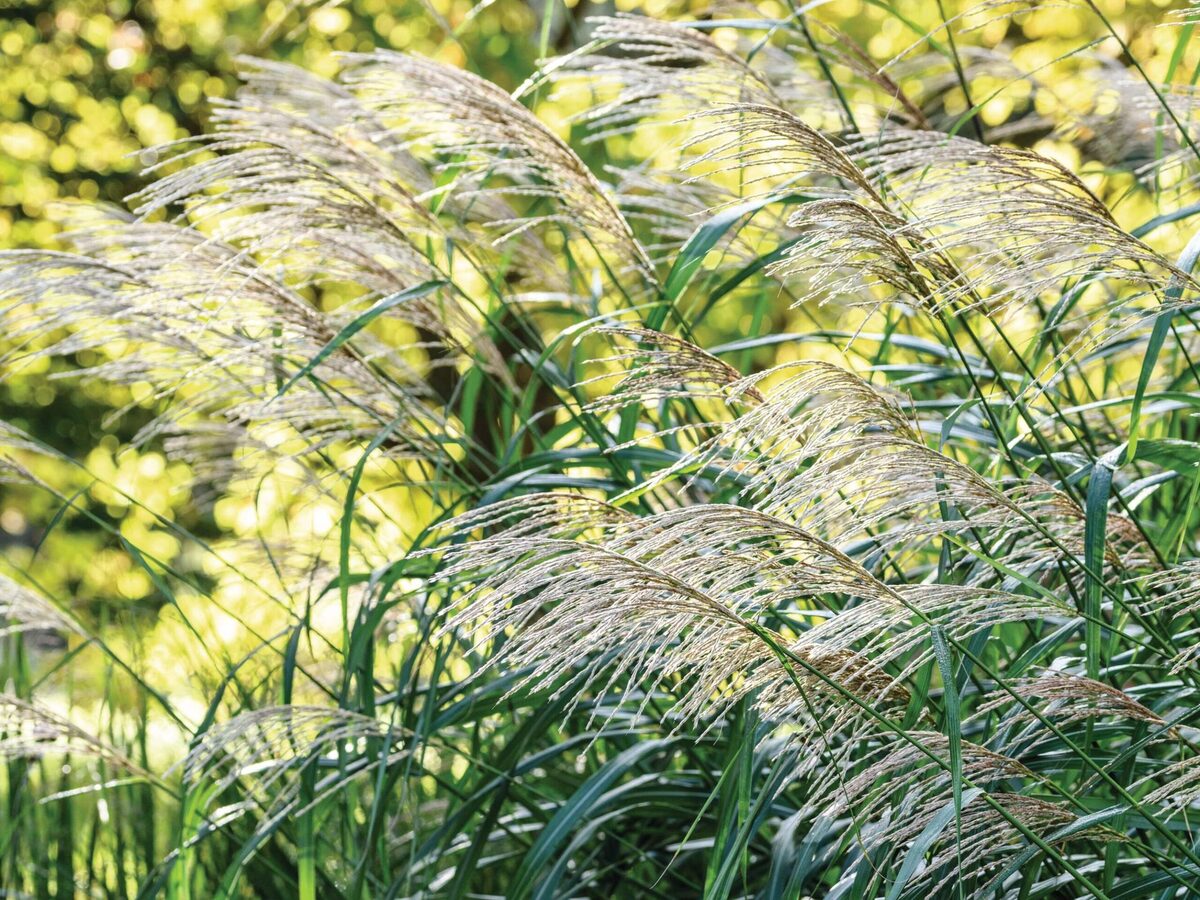

0 thoughts on “What Is Barley Grass”